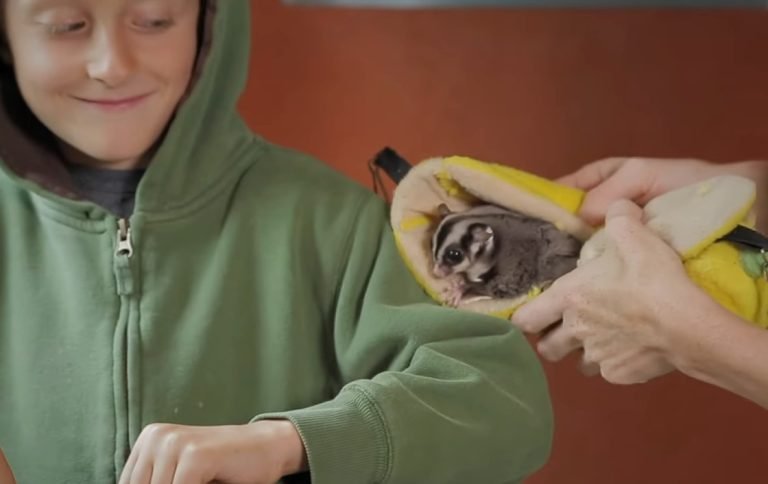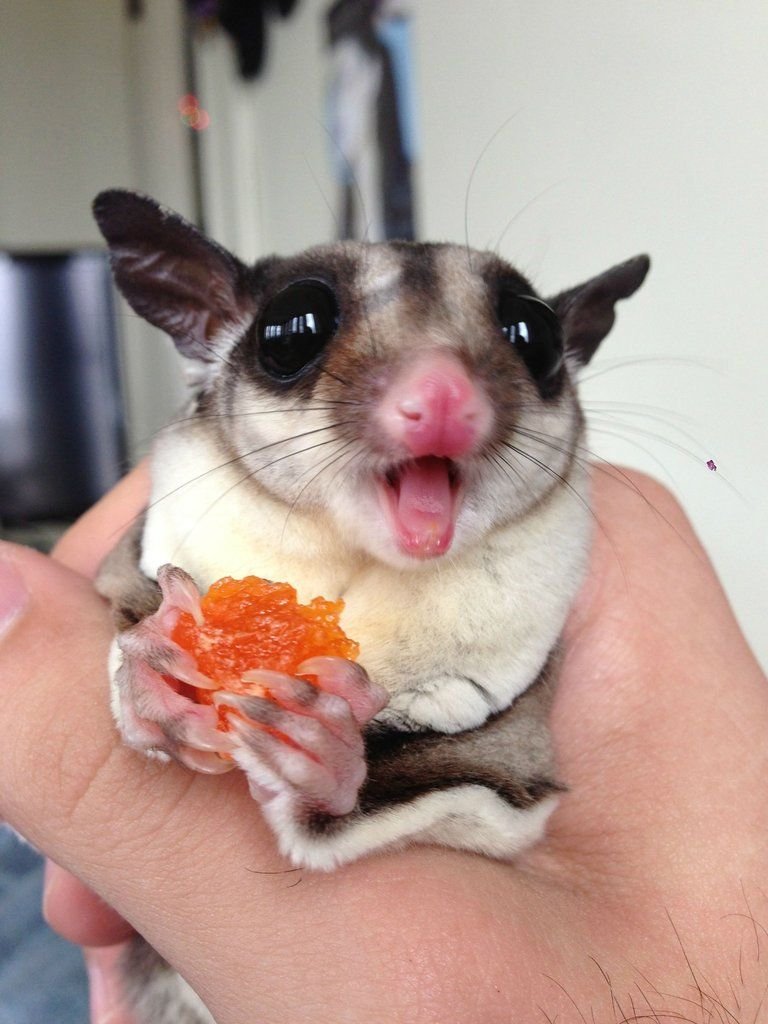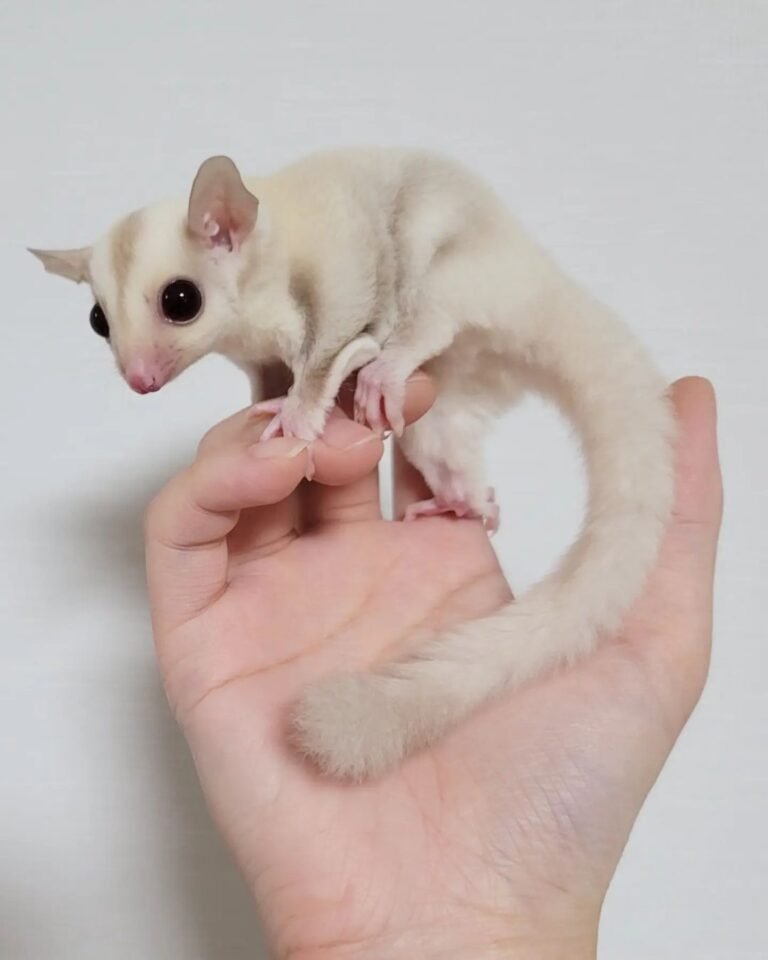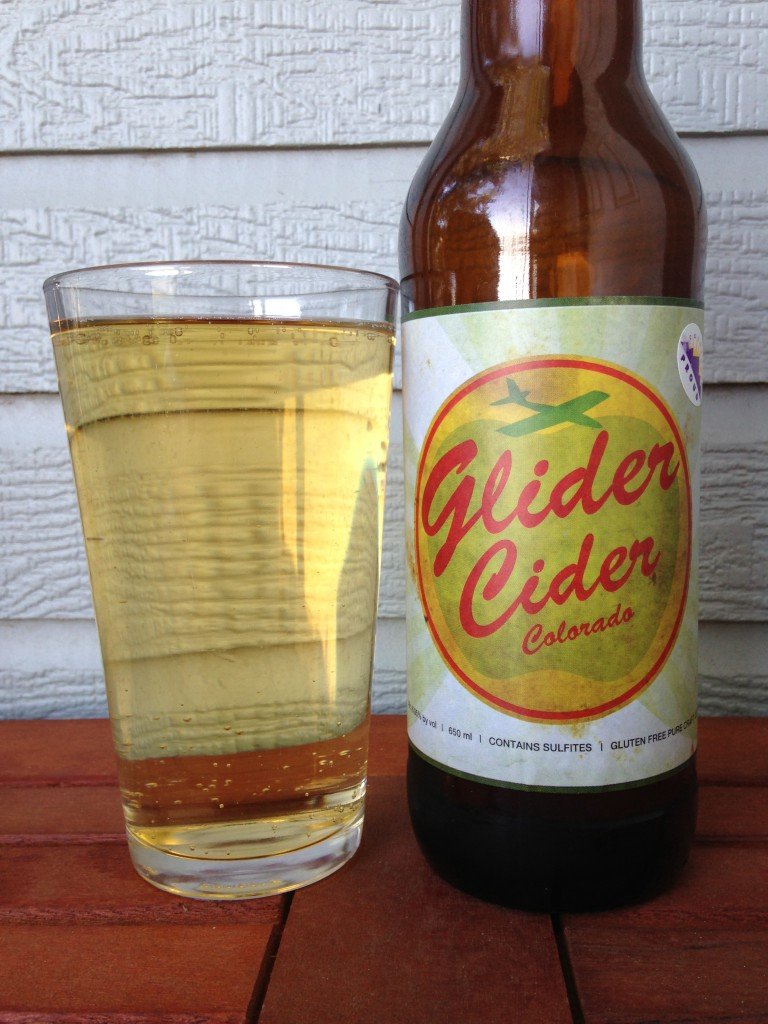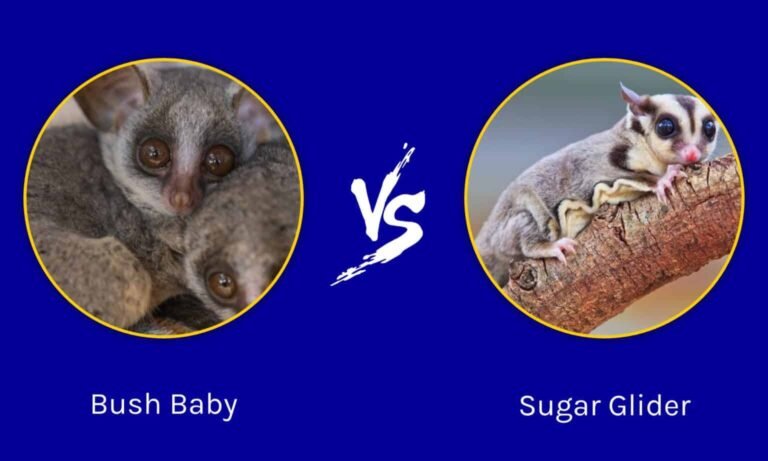Sugar Glider Joey VS Adult Age Differences
Sugar Glider Joey VS Adult Age Differences: Exploring the Contrasts
Did you know that sugar gliders, those tiny marsupials from Australia and Indonesia, have become incredibly popular as pets? It’s not hard to see why – with their adorable appearance and social nature, they’ve captured the hearts of many animal lovers. But caring for these little gliders isn’t as simple as it may seem. Understanding their unique behaviors and needs is crucial to providing them with a happy and healthy life in captivity.
From bonding and fur care to nutrition and home setup, there’s a lot to consider. Finding a reputable breeder or adopting from a rescue can ensure you start off on the right foot. And don’t forget about their specialized diet – sugar glider products designed specifically for their nutritional needs are readily available.
But it’s not all fun and games. Sugar gliders can be prone to parasites, so regular vet check-ups are essential. With the right knowledge and dedication, however, these captivating creatures can bring immense joy into your life. So if you’re considering adding a sugar glider to your family, keep reading for valuable insights into the world of these extraordinary marsupials turned household companions. In this article we will discuss about the sugar glider Joey vs adult age differences.
Determining Sugar Glider Age – Small Pets
It can be quite a challenge to determine the age of a sugar glider without proper knowledge. However, by examining certain physical characteristics, such as size, fur color, and teeth development, you can estimate their age to some extent.
To begin with, observing the size of a sugar glider can provide valuable clues about its age. Younger sugar gliders, known as joeys, are significantly smaller than adult sugar gliders. If you come across a tiny critter with big eyes and delicate features, chances are it’s a joey.
Another indicator of age is fur color. Baby sugar gliders often have lighter or more vibrant fur compared to adults. As they mature, their fur tends to darken or become more uniform in coloration.
Teeth development is yet another factor that can help determine the age of these adorable creatures. Younger sugar gliders will have softer gums and smaller teeth compared to fully grown adults. By examining their dental condition and the stage of tooth growth, you can make an educated guess about their age.
While these methods may provide some insight into a sugar glider’s age, it’s always recommended to consult with a veterinarian who specializes in exotic animals for accurate determination. These professionals possess the expertise and experience necessary to assess various factors beyond physical appearance.
Growth Differences: Joeys vs Adults
- Joeys, or baby sugar gliders, experience rapid growth during their first year of life. They go through significant physical changes in a short period.
- Adult sugar gliders, on the other hand, reach their full size when they are around 12 to 14 months old. This is when they have completed their growth and development.
- Understanding the differences in growth between joeys and adult sugar gliders is essential for providing appropriate care to these adorable creatures.
- Joeys start their lives as tiny babies, weighing just a few grams at birth. Over the course of weeks and months, they grow rapidly in both size and weight.
- Adult sugar gliders are fully developed and have reached their maximum size. They no longer experience the same level of growth as joeys do.
- Male sugar gliders tend to be slightly larger than females, but both genders follow a similar growth pattern.
- In the wild, sugar gliders have an average lifespan of around 9 to 12 years. Understanding their growth differences can help us better understand their overall life cycle.
- The size difference between joeys and adults is quite noticeable. While joeys fit comfortably in the palm of your hand, adult sugar gliders are much larger and require more space to live comfortably.
- Providing appropriate care for joeys involves understanding their unique needs during this crucial stage of development. It’s important to create an environment that supports healthy growth and provides ample opportunities for socialization.
- As adult sugar gliders have completed their growth phase, it’s crucial to focus on maintaining their health through proper nutrition, exercise, and mental stimulation.
Remembering these key differences between joeys (baby sugar gliders) and adults will help you provide the best care possible for these fascinating creatures throughout different stages of their lives.
Life Cycle Stages of Sugar Gliders

The life cycle of a sugar glider consists of several distinct stages: infancy, adolescence, adulthood, and seniority. Each stage comes with its own set of physical changes, behaviors, and nutritional requirements.
Infancy
During the infancy stage, sugar gliders are referred to as joeys. They are born hairless and blind, relying completely on their mother for survival. Joeys spend their early days nestled in their mother’s pouch where they develop and grow. As they mature, they gradually start exploring their surroundings under the watchful eye of their mother.
Adolescence
As sugar gliders enter adolescence, they begin to exhibit more independent behavior. This is when they become more active and curious about their environment. Adolescents may engage in playful antics such as jumping from tree branches or climbing various surfaces to test their agility. Their diet also starts to expand during this stage as they learn to eat solid foods.
Adulthood
Once sugar gliders reach adulthood, they have fully developed physically and mentally. They have established stable social structures within their groups and are capable of breeding. Adult sugar gliders display territorial behavior and mark their territories using scent glands located on their chest.
Seniority
In the seniority stage, sugar gliders experience signs of aging similar to other animals. They may become less active and prefer quieter moments rather than engaging in energetic play. It is important for owners to provide extra care during this stage by ensuring a balanced diet suitable for older individuals and monitoring any potential health issues that may arise.
Recognizing these stages helps owners adapt their care routines accordingly throughout the different phases of a sugar glider’s life cycle.

Identifying the Age of a Sugar Glider
Observing the presence or absence of certain physical features can aid in identifying the age of a sugar glider. Accurate identification is essential for providing appropriate care throughout different life stages.
- Teeth condition: Checking the teeth condition is a reliable method to determine the age of a sugar glider. Young sugar gliders have smaller, sharper teeth that gradually become larger and more worn down as they age.
- Pouch development in females: Female sugar gliders develop a pouch as they mature. This pouch becomes more prominent and functional as they reach adulthood, making it easier to identify adult females.
- Overall body size: Another indicator of age is the overall body size of a sugar glider. Younger ones tend to be smaller and lighter, while adults are larger and more robust.
By considering these key indicators, you can estimate the age of a sugar glider with reasonable accuracy. This knowledge allows you to provide suitable care based on their specific needs at different life stages.
Remember that observing teeth condition, pouch development in females, and overall body size are helpful when determining whether a sugar glider is young or adult. Understanding their age will ensure you can meet their requirements appropriately throughout their lifespan.
Comparing Growth: Joeys and Adult Sugar Gliders
- Joeys experience significant growth spurts during their early months compared to adult sugar gliders.
- Adult sugar gliders have reached their maximum size potential while joeys continue to develop physically.
- Understanding these growth differences helps owners monitor their sugar gliders’ health and development.
Joeys, or baby sugar gliders, undergo remarkable growth during their early months. They experience significant growth spurts, both in terms of weight gain and physical development. In contrast, adult sugar gliders have already reached their maximum size potential and do not go through similar rapid changes.
During the first few months of life, joeys can gain considerable weight. They start off weighing just a few grams at birth but quickly grow in size. Their diets play a crucial role in supporting this rapid growth, as they require a specialized diet rich in nutrients to meet their developmental needs. As joeys grow, their eyesight also improves, allowing them to explore their surroundings with more clarity.
On the other hand, adult sugar gliders have already completed most of their physical development. They have reached full maturity and are no longer experiencing substantial changes in size or weight. While they still require a balanced diet for overall health maintenance, it is not focused on promoting rapid growth like that of joeys.
Understanding these age-related differences in growth is essential for sugar glider owners. By monitoring the weight gain and physical development of joeys, owners can ensure that they are growing properly and receiving adequate nutrition. Regular check-ups with a veterinarian specializing in exotic pets can provide further guidance on maintaining the optimal health of these adorable creatures.
Conclusion
Understanding the age differences between sugar glider joeys and adult sugar gliders is crucial for their proper care and well-being. By determining the age of a sugar glider, you can better understand its growth differences, life cycle stages, and overall development.
Identifying the age of a sugar glider can be done through various methods such as examining size, weight, physical features, and behavior. This knowledge allows you to compare the growth patterns between joeys and adult sugar gliders accurately.
Joeys go through different life cycle stages as they grow into adults. Their development includes milestones like weaning from their mother’s milk, exploring their surroundings independently, and reaching sexual maturity. Understanding these stages helps ensure that you provide appropriate care at each phase.
By comparing the growth of joeys and adult sugar gliders, you gain insights into their unique needs. Joeys require extra attention and care due to their vulnerability during early development. Providing them with a suitable diet rich in nutrients is essential for healthy growth.
In conclusion, being aware of the age differences between sugar glider joeys and adults enables you to offer optimal care throughout their lives. Whether you are considering adopting a joey or caring for an adult sugar glider, understanding these distinctions will help create a nurturing environment that supports their overall well-being.
Remember to consult reputable sources or seek advice from experienced owners.
FAQs
1.How can I determine the age of my sugar glider?
Determining the age of a sugar glider can be done by observing physical characteristics such as size, weight, fur coloration changes, tooth eruption patterns, and behavior changes over time.
2.Are there any significant growth differences between joeys and adult sugar gliders?
Yes, there are noticeable growth differences between joeys (baby sugar gliders) and adults. Joeys undergo rapid growth during their early stages, while adult sugar gliders have reached their full size.
3.What are the life cycle stages of sugar gliders?
The life cycle stages of sugar gliders include joey development, weaning from mother’s milk, exploration and independence, sexual maturity, and adulthood.
4.How important is it to provide proper nutrition for growing joeys?
Proper nutrition is vital for the healthy growth of sugar glider joeys. They require a diet rich in essential nutrients to support their development and overall well-being.
5.Should I seek advice from experienced owners about caring for my sugar glider?
Yes, seeking advice from experienced owners or consulting reputable sources is highly recommended. They can provide valuable insights and guidance based on their own experiences.


